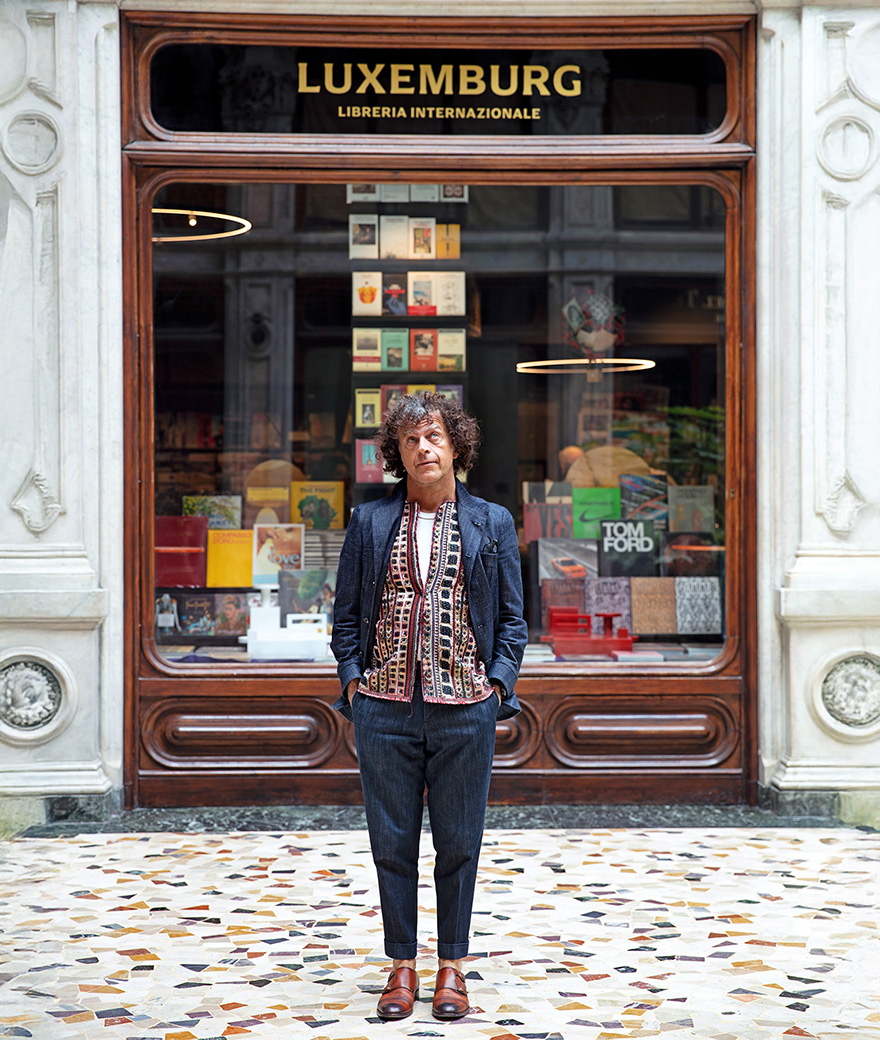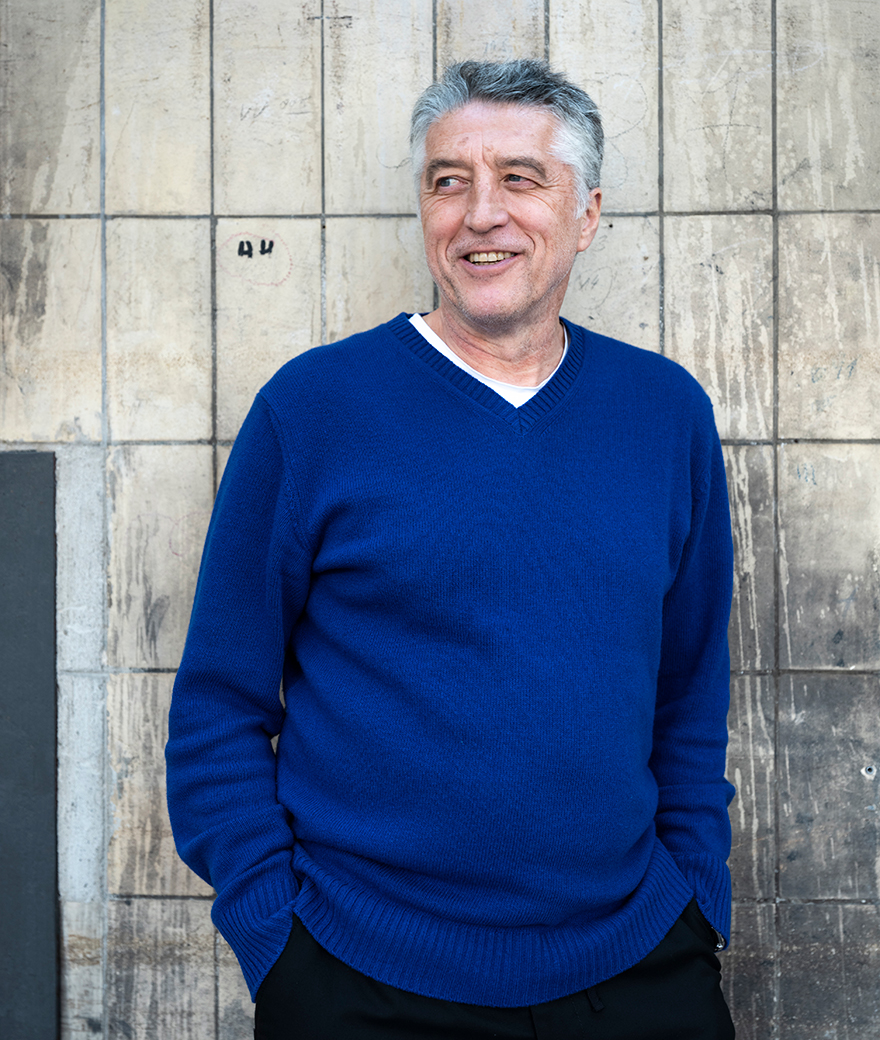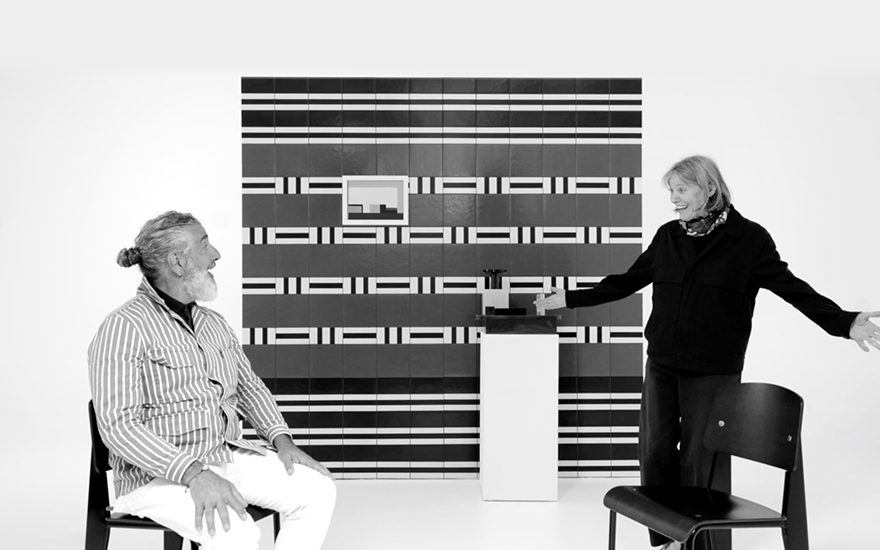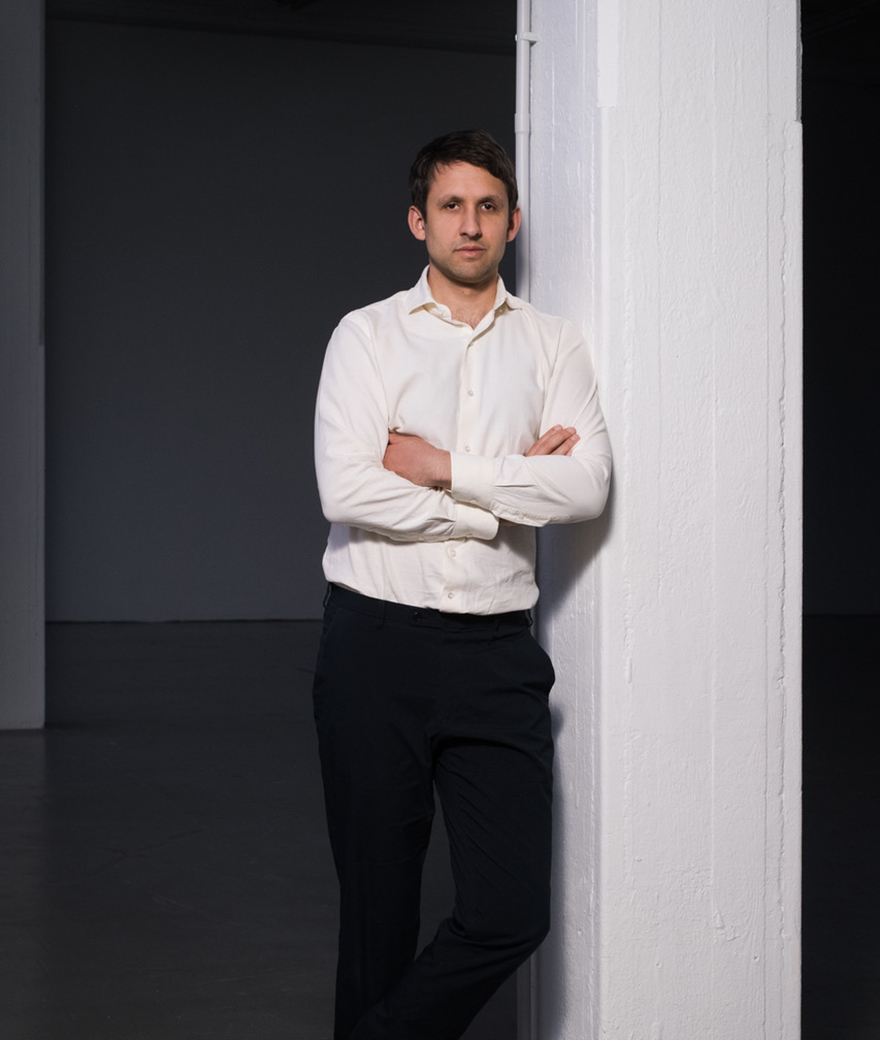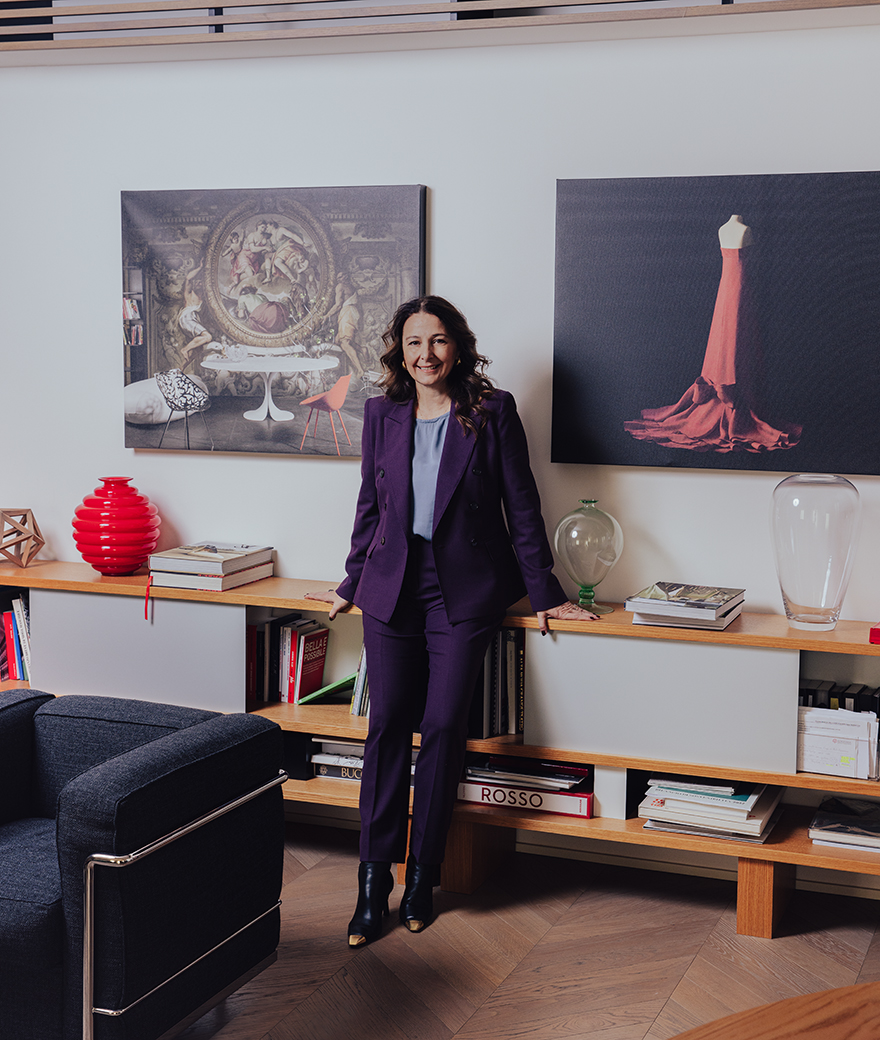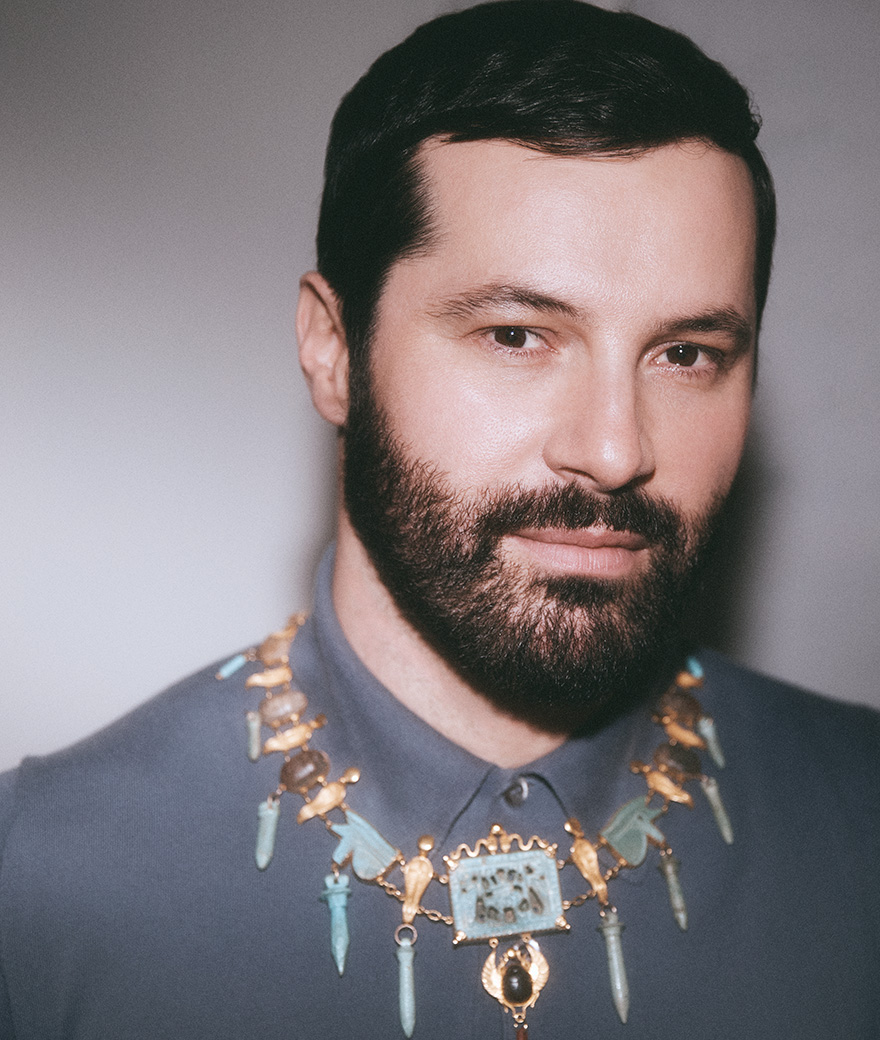A talk with Neri&Hu
How did you meet each other?
We overlapped at Berkeley University and both worked at Michael Graves office for a few years, but never on the same team. It was when we came to Shanghai that we partnered up and decided to launch our firm. We always seemed to know that one day we would have worked together, it was quite natural.
Tell us the history of Neri&Hu Design and Research Office. Which values nurture the project from its inception?
We started our own studio in 2004. We realized how much we could have been able to contribute in such an exciting era for Chinese architecture, so we made the move. Exploring issues of culture, identity, as well as approaching design in an interdisciplinary way, became a major concern and helped us to formulate a design methodology for our projects.
Since you’ve studied and lived for several years in the US, how would you describe your aesthetics? How do you express this dual influence from Eastern and Western tradition in your projects?
We like a quote by French philosopher Antoine de Saint-Exupéry: «We do not aspire to be eternal beings, we only hope that things do not lose their meaning». This is deeply embedded within the ethos of our practice. When we were younger it was extremely important to address the identity issue of design in every projects, but now we think that the Chinese-ness of design is less important to us than it is to the critics, especially the foreign ones, who like to explore the question of identity.
Exploring issues of culture, identity, as well as approaching design in an interdisciplinary way, became a major concern and helped us to formulate a design methodology for our projects.
Your approach to architecture is based on a constant research. Where do you take inspiration from?
We travel to many different places, but we are inspired the most by the everyday, the mundane and the ordinary. The very fabric of Shanghai as a city and the everyday activities in and around it.
You recently took part at the creation of Elle Decor Grand Hotel at Palazzo Morando, in Milan. How did the project develop? What kind of experience did you want to provide with Invisible Rooms?
We were first approached by Livia Peraldo from Elle Decor Italy, who wanted us to be the first eastern designers creating an installation regarding the issue of hospitality at Palazzo Morando, and naturally we felt honored. Drawing inspiration from Italo Calvino’s Invisible Cities, we tried to break through the conventional definition of a hotel by evoking new possibilities of what it could be beyond its various functions. We translated the fictional places into a series of chambers that shed light on contemporary hospitality as a potential
Do you think it’s possible to renovate an architecture and, at the same time, preserve its history? How do you face this kind of issues in your practice?
If not taken seriously and rigorously researched, a project that deals with the old and the new can easily become just about proportion and texture, without much depth. About eight years ago, we were given the opportunity to restore 3 old buildings: Waterhouse, Split House and Design Commune. We had to deal with issues like adaptive reuse, heritage, memory, identity, urban regeneration… We were used to design new buildings and new interiors, so everyone was convinced we would have done a typical restoration, but we did a lot of research and made some conceptual breakthrough.
We had to deal with issues like adaptive reuse, heritage, memory, identity, urban regeneration…
How much is sustainability important in your work?
Very important. We have to leave this world a better place for our next generation. We often reuse material found on site or from other construction debris. Furthermore, minimizing wastage and insisting on quality so that things last longer is not only basic, but essential.
Do you remember the first time you heard about Mutina? What impressed you the most about the company?
We remember Patricia Urquiola telling us about this new ceramic brand she was designing for, and she suggested Massimo to visit our office. He introduced the collections and we fell in love with their tiles.
Do you have a favorite collection? Why?
It’s hard to choose. We used Déchirer seven years ago, for Le Meridian Hotel in Zhengzhou, and today it still looks remarkably beautiful. We have also specified pieces designed by Ronan and Erwan Bourellec, Tokujin and Grcic. There are so many beautiful Mutina collections.
Can you tell us what are you working on lately?
We are committed in various architectural projects and collaborations with interior design brands.

